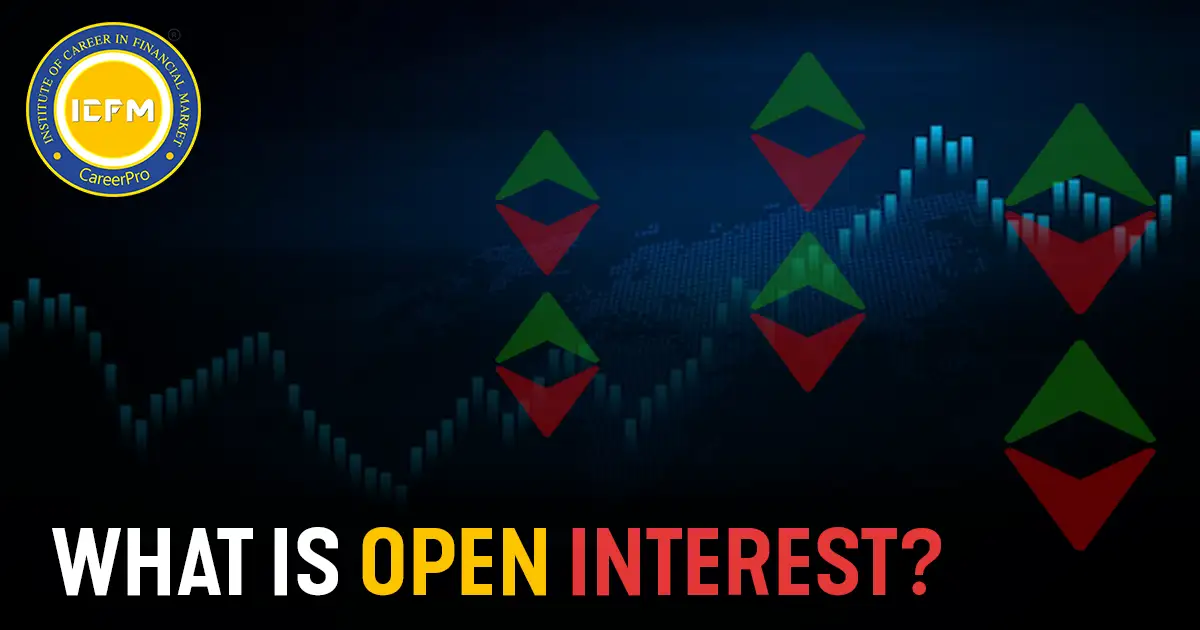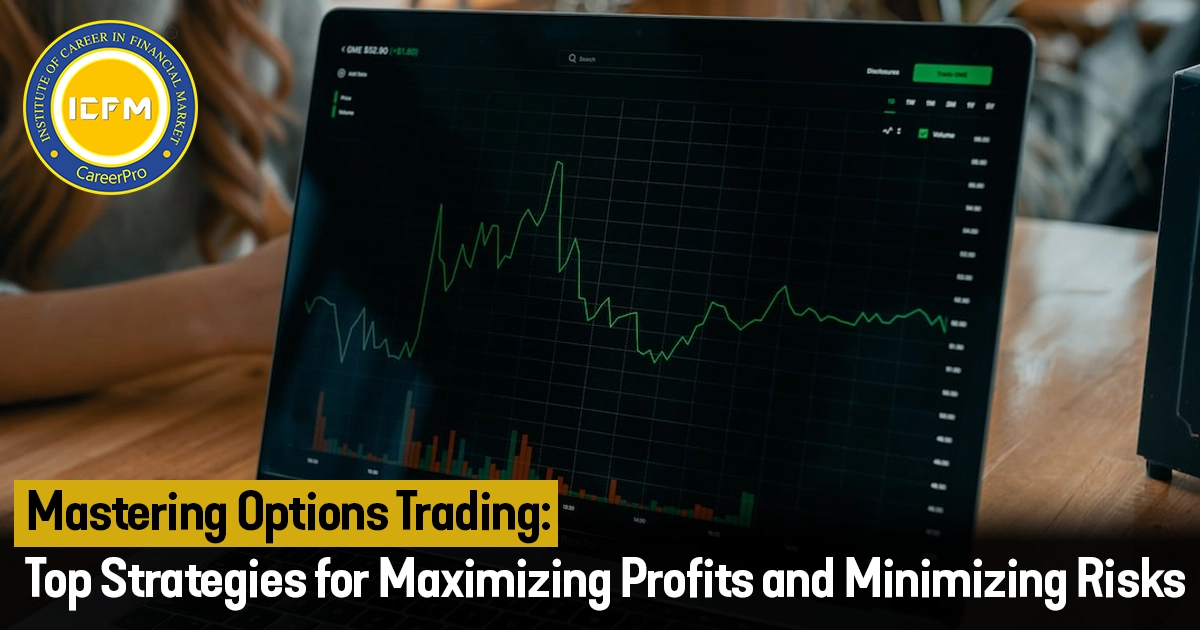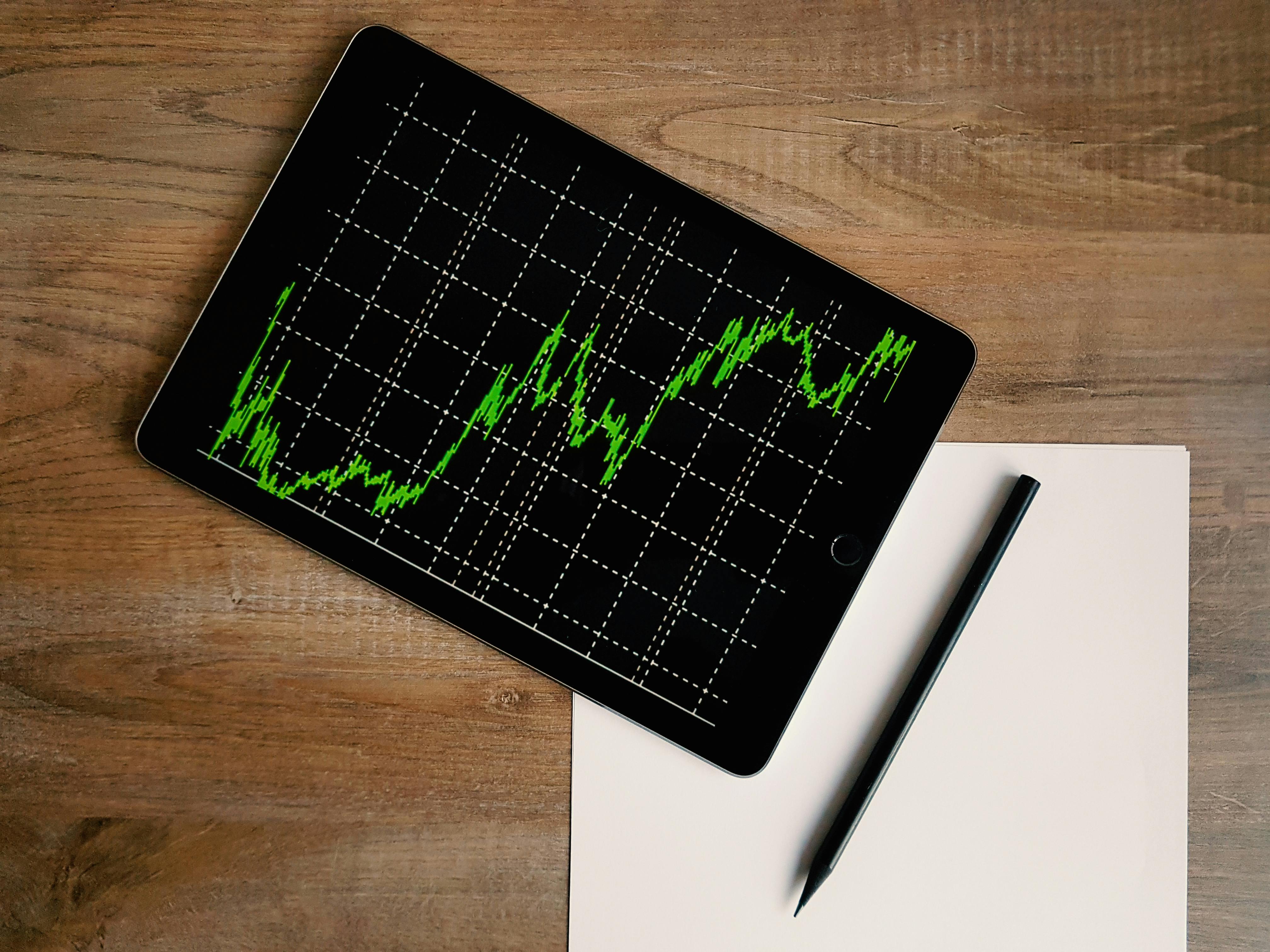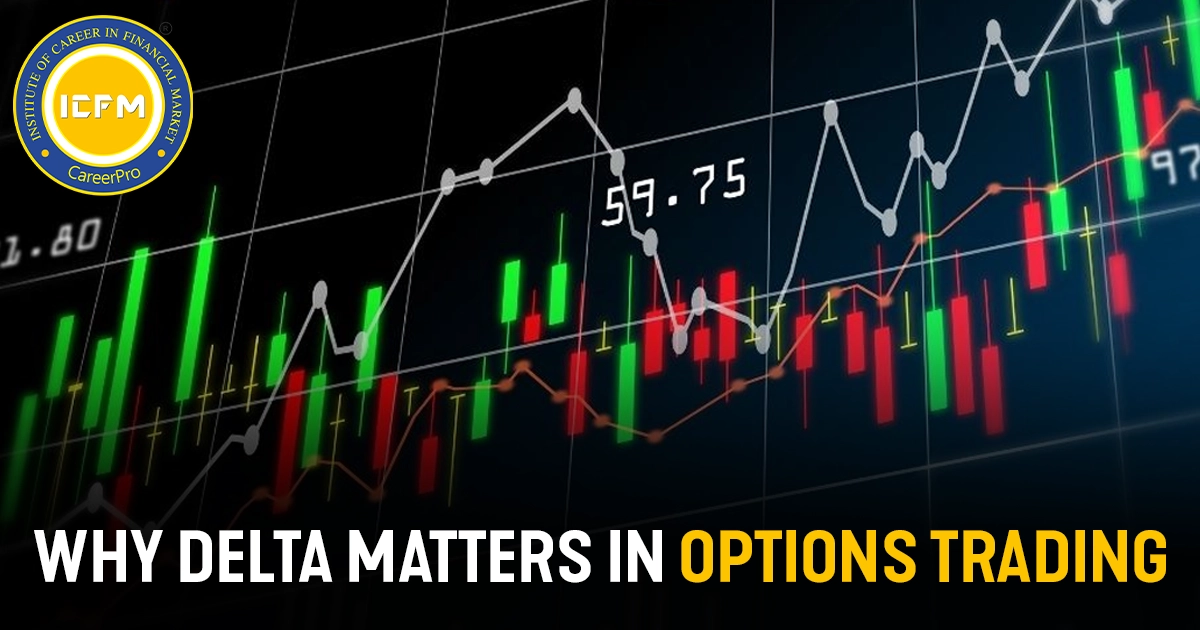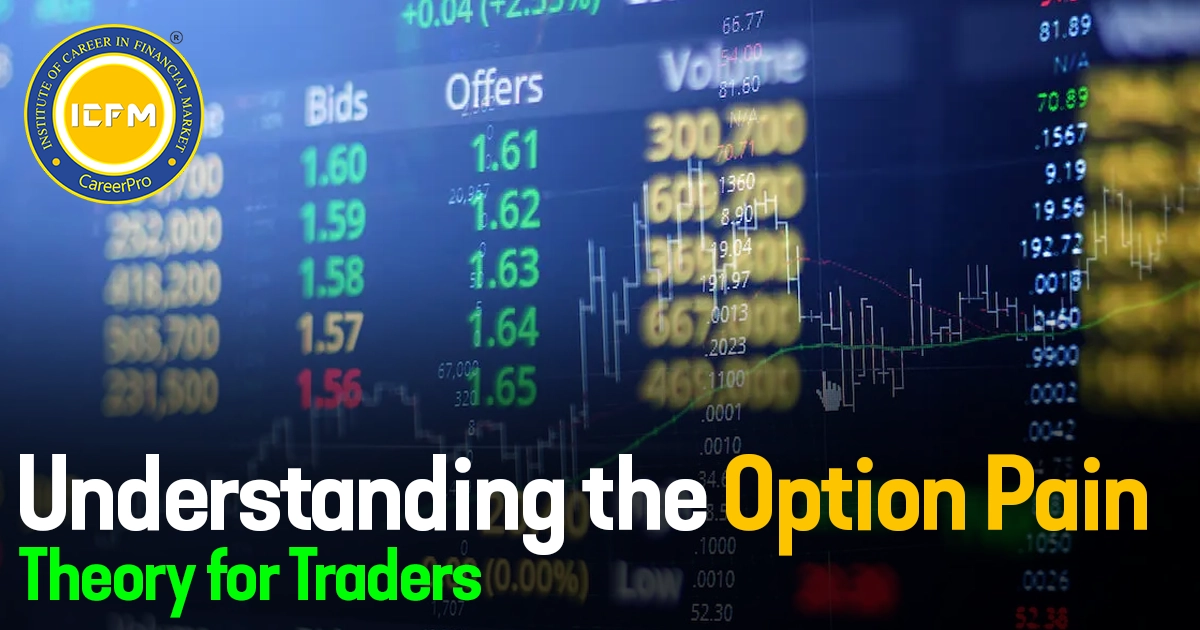What is open interest?
Imagine that you and your friends are in a huge playground where
everyone can make promises to trade things like toys, games, or cards after
some days. You agree to trade on a specific day later; next week, for example.
This is exactly what grown-ups do in the trading world but with stocks,
options, or commodities, like gold, oil, or wheat instead of toys.
Let's go on and open interest and how it works.
How Open Interest Works:
- The Promising Trade (A Contract)
In the real world, if two people want to trade something but agree to do
it later, they enter what is called a contract. Again, this is a promise
between both sides involved. For example, one person says, "I will buy
this thing from you at a certain price sometime later," and the other
person responds with, "I will sell it to you at that price.".
In the playground, it's like two kids saying, "Next week, I'll
trade you my robot toy for your video game."
- New Contracts = Higher Open Interest
This means for each new pair of kids who agree to enter into this
agreement, the number of open promises will multiply. This is termed as open
interest. Therefore, with three pairs of kids in the playground agreeing to
trade next week, that means there are three contracts but 3 open interests in
total.
The more kids get together and promise new trades the more the open
interest will grow.
So, if 7 children agree to trade toys in the future, the open interest
would be 7.
- Fulfilling the Contract
When that day finally comes when one child gives the toy to the other
and receives their video game, that contract is fulfilled. When this happens,
the open interest number goes down. Why? Because that promise no longer exists,
it's been completed.
If a few pairs of kids complete their trades ahead of time or decide not
to trade after all, the open interest goes down because those promises are now
gone.
What happens when people cancel?
Sometimes, two kids might decide that they do not want to trade anymore
before the trade date arrives. In the real world, this happens too. When that
happens, their promise (or contract) is canceled, and the open interest goes
down.
Why is Open Interest Important?
Open interest is similar to a scoreboard displaying the measure of interest or activity in a trade.
It has the following significance:
- It tends to indicate how active the market is
If open interest is high, it means there are lots of people who are willing
to make promises to trade in the future. This can be an indication that the
toys-or stocks in real life-are pretty popular, and people are paying attention
to them.
If open interest is low, then not too many people are interested in
trading those toys-or stocks. It might mean that not too much excitement
surrounds them.
- Helps Predict Future Movements
It helps adults who are trading in the stock market figure out which
stock or commodity is relatively more active. Whether open interest is rising
or falling, this helps us to interpret if more people are becoming interested
in doing trades or losing interest or completing their trades early
- Tells Us Who's Still Playing the Game
It is like watching who is still in a huge game, the more players that
are still participating, the game is still active. If many are promising, then
the game is still active, but if people keep canceling and complete their
trades then the game is winding down.
Example to Make It Clear:
Let's consider an example. Assume that there are 10 kids playing at the
playground where 5 of them have promised trading their toys next Friday.
Therefore, 5 is the number of contracts and thus open interest is 5.
Consider the case on Wednesday when two kids came in resolution to
cancel the promise. Thus open interest now will decrease to 4 as now only 4
trade promises are active.
On Friday, when three pairs of kids honor their trades, open interest
decreases once again, this time to 1.
If the last pair of kids renege on their promise or trade in their toys,
then open interest is zero because no promises exist.
Open Interest vs. Volume:
You may have heard of another term referred to as volume. It's quite possible to come away with a mistaken notion that volume is open interest, but it is not:
Volume is like the count of how many trades happen in a day. If 10 toys are traded today, then volume is 10.
Open Interest is the count of how many promises to trade are still open
or active.
Suppose 10 kids promise to trade their toys next week. Then open
interest would be 10.
But if 5 pairs of those kid's trade today then the volume for today
would be 5 but open interest may remain the same if those are new promises or decrease
if those promises were already in the open interest as well.
Summing It All Up:
This is the number of promises yet to be fulfilled. It is a count in a playground for kids yet to swap toys. For instance, in the stock market, it helps big people know the number of active contracts or promises to trade.
Well, high open interest
means lots of people are interested in trading. Low open interest means not
that many care anymore as either completed or canceled their trades. Open
interest is much like a tool that helps everyone understand just how many promises
are still on the table, waiting to be fulfilled.


